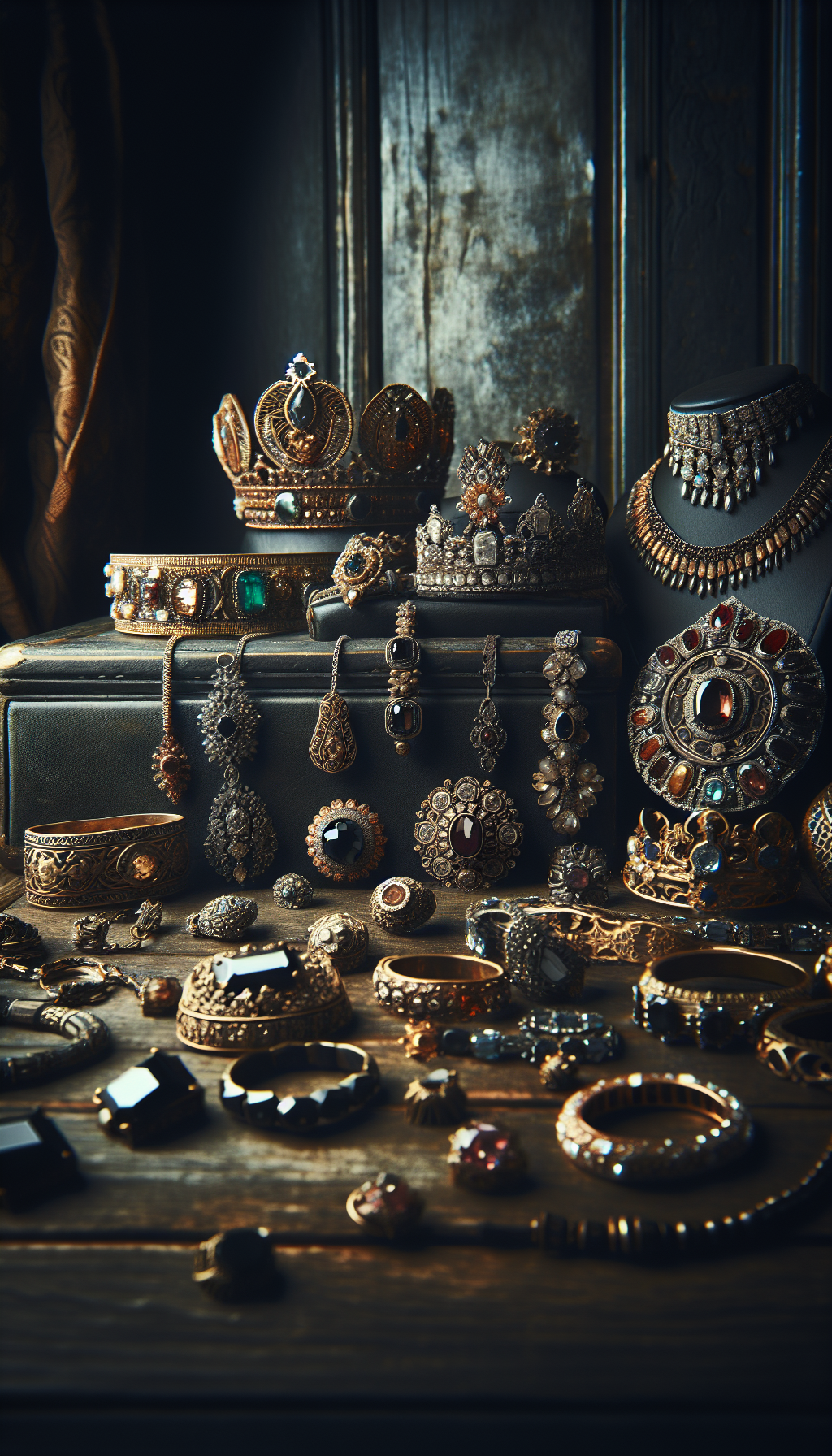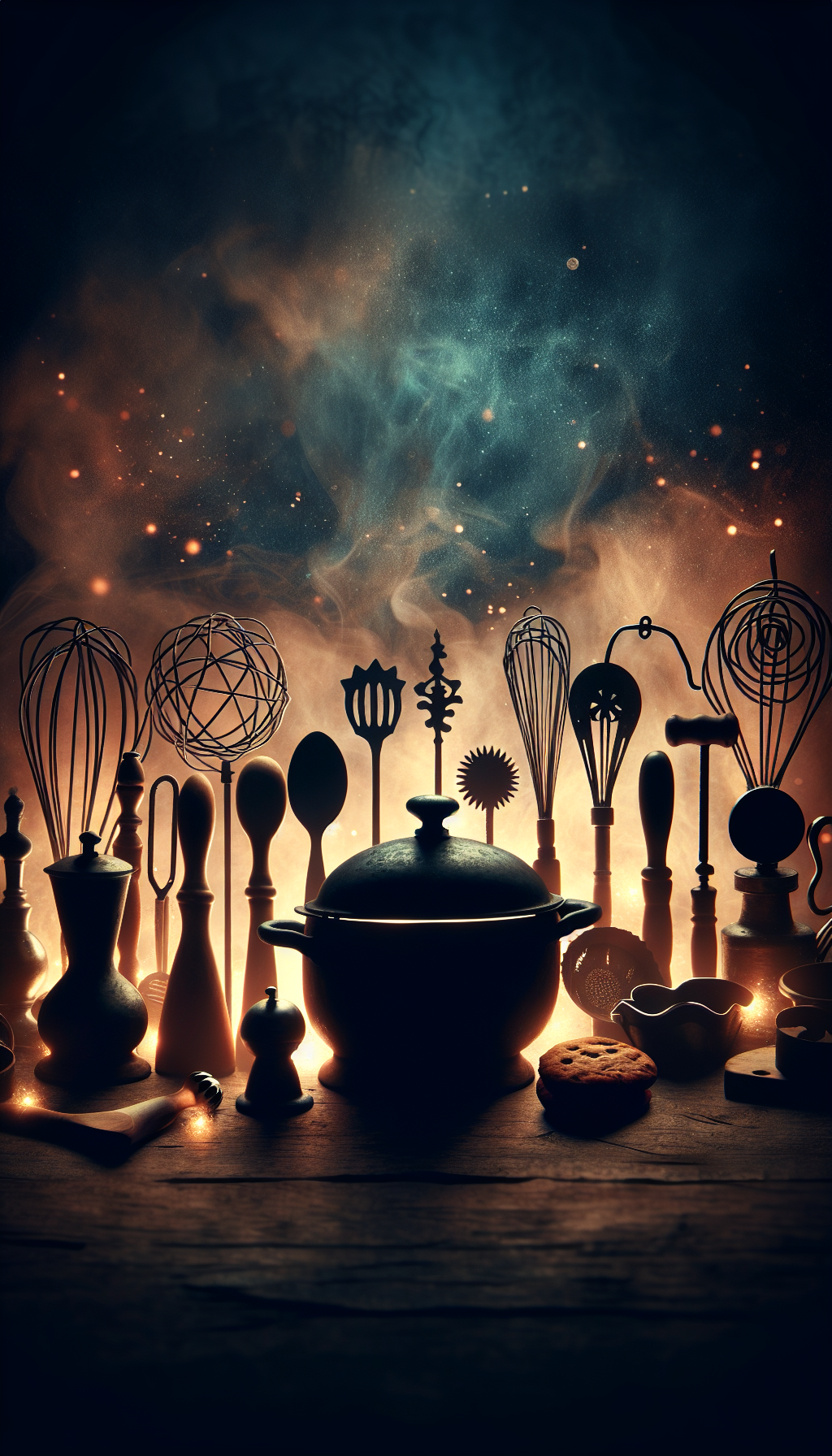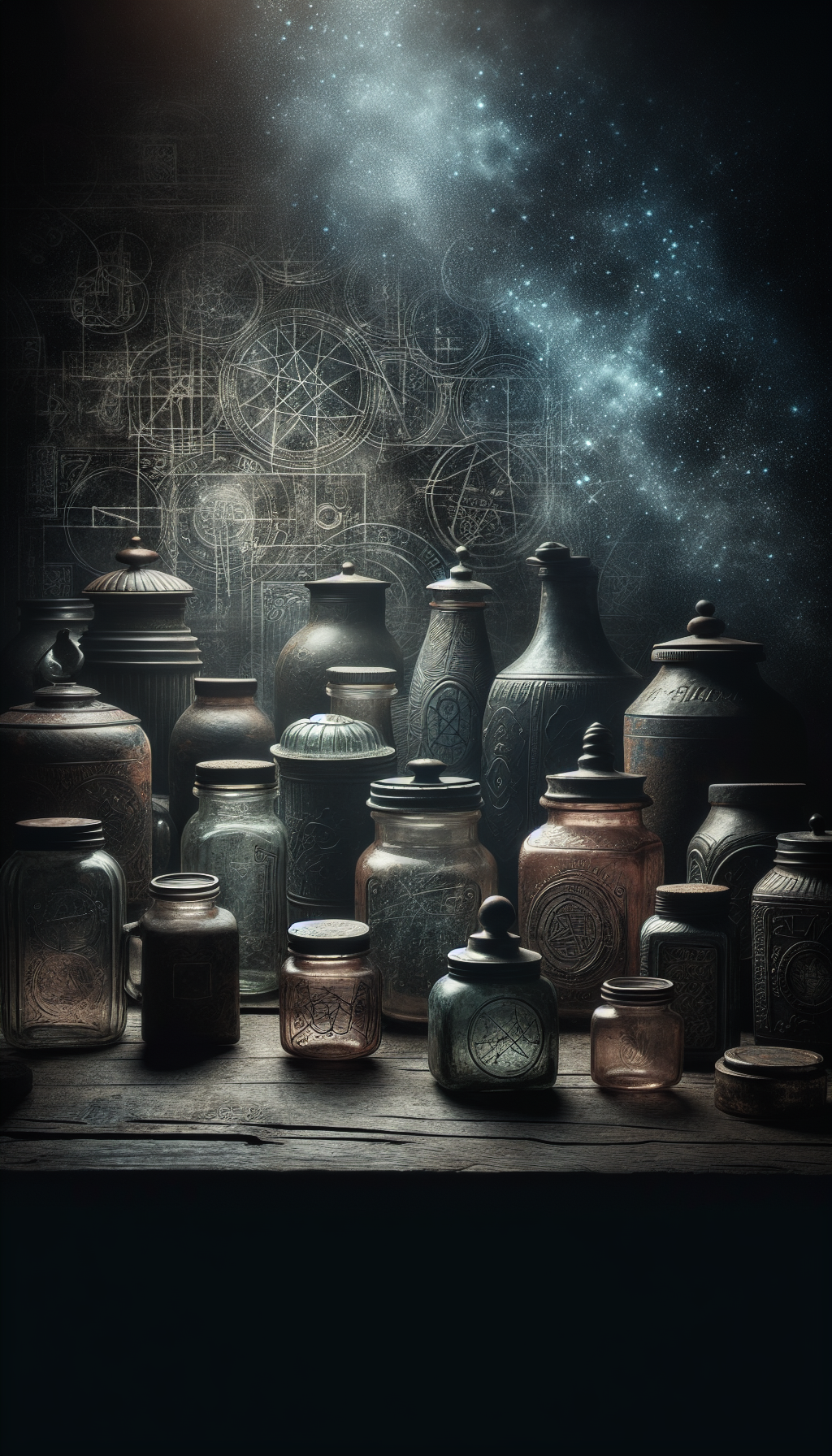In the world of antique collectibles, few items combine practicality, history, and artistry as beautifully as antique stoneware crocks. Once essential household items for food preservation, these durable vessels have become highly sought-after collectibles with values ranging from several hundred to hundreds of thousands of dollars.
Whether you’ve inherited an old crock, discovered one at a flea market, or are actively building a collection, understanding what drives the value of these timeless artifacts is essential. This comprehensive guide explores everything you need to know about antique crock values, identification techniques, and collecting strategies.
What Are Antique Crocks?
Crocks came in various sizes, typically measured in gallons, ranging from small 1-gallon vessels to massive 30-gallon containers. Their utilitarian nature made them common in most American households, used for:
- Preserving vegetables through pickling and fermentation
- Storing butter, lard, and other fats
- Curing and storing meats
- Fermenting liquids like beer and cider
- Housing dry goods like flour and sugar
The most distinctive crocks feature cobalt blue decorations - hand-painted flowers, birds, scenes, or simple maker’s marks that have become highly collectible today. These decorative elements weren’t just artistic flourishes; they often served as branding for specific pottery companies.
Value Ranges for Antique Crocks
Antique Crock Value Ranges
General market value ranges based on type and condition
</tbody>
</table>
According to appraisal sources, the full value range for antique stoneware crocks spans from $500 for common examples to upwards of $400,000 for the rarest and most exceptional pieces. As reported by True Legacy Homes, the most valuable antique crocks typically feature unique decorative elements, exceptional craftsmanship, and clear provenance.
Key Value Factors
Age: Pre-Civil War crocks (pre-1860s) generally command higher prices
Decoration: Elaborate cobalt blue designs can increase value by 300-500%
Condition: Mint condition can double or triple a crock’s value compared to damaged examples
Rarity: Unusual sizes, regional pottery marks, or unique decorations drive premium prices
Provenance: Documented history can significantly boost collectible appeal and price
Notable Antique Crock Auction Sales
Recent high-value antique crock sales
| Category | Price | Notes |
|---|---|---|
| Basic Unmarked Crocks (1900-1940) | $30-$150 | Common sizes without decoration |
| Standard Marked Crocks (1875-1925) | $100-$500 | With maker's mark, good condition |
| Blue-Decorated Crocks (1850-1900) | $500-$5,000 | With cobalt decorations, excellent condition |
| Rare Early Crocks (pre-1850) | $5,000-$15,000 | Unusual forms, exceptional artwork |
| Museum-Quality Examples | $15,000-$400,000+ | Historical significance, pristine condition |
</tbody>
</table>
How to Identify Valuable Antique Crocks
According to The Spruce Crafts, these are the primary features to look for when identifying valuable antique crocks:
Valuable Crock Identification Checklist
Look for these characteristics when evaluating an antique crock
- Shiny, glass-like surface with occasional bumps (salt particles)
- Hand-painted decorations (particularly in cobalt blue)
- Decorations applied beneath the glaze (not on top)
- Hand-drawn or stenciled numbers indicating capacity
- Maker's mark or pottery company signature
- Signs of handmade construction (slight asymmetry)
- Period-appropriate base (unglazed, rough texture)
- Natural aging and wear consistent with authentic use
Identifying Maker’s Marks
Maker’s marks are crucial for authentication and valuation. Major American pottery companies that produced valuable antique crocks include:
- Red Wing (Minnesota)
- Bennington (Vermont)
- Norton (Massachusetts)
- Cowden & Wilcox (Pennsylvania)
- Western Stoneware (Illinois/Missouri)
- Robinson Ransbottom (Ohio)
- Louisville Stoneware (Kentucky)
Many of these companies marked their crocks with distinctive logos, names, or emblems, usually stamped or hand-painted in cobalt blue. The mark’s style and placement can help date the piece and determine its origin.
Evolution of American Stoneware Crocks
- 1700s
Early American Stoneware
Early American potters began producing salt-glazed stoneware, primarily unmarked. These rare early pieces command premium prices when authenticated. - 1800-1850
Golden Age of American Stoneware
The first half of the 19th century saw elaborate hand-decorated pieces with folk art motifs. Some of the most valuable crocks come from this period. - 1850-1900
Industrial Revolution Impact
Larger pottery companies emerged, standardizing production while maintaining hand-decoration. Company marks became more common and consistent. - 1900-1940
Late Period Stoneware
Machine-made production increased, with less handwork and simpler designs. Crocks from this era are more common and generally less valuable.
Factors Affecting Antique Crock Values
1. Age and Authenticity
Older crocks typically command higher prices, with pre-Civil War examples being particularly valuable. According to experienced appraisers:
- Pre-1800 crocks are extremely rare and often museum-quality
- 1800-1860 pieces are highly collectible and valuable
- 1860-1900 items represent the peak of commercial production
- 1900-1940 crocks are more common and generally less valuable
Authenticity verification requires expertise, as reproductions are common in the market. Genuine antique crocks exhibit specific period-appropriate construction techniques, materials, and aging patterns that reproductions cannot perfectly mimic.
2. Decoration and Artistic Merit
The most valuable crocks feature hand-painted cobalt blue decorations, with price increases correlating directly to decoration quality and complexity:
- Elaborate scenes depicting animals, people, or landscapes command premium prices
- Distinctive floral patterns can increase value significantly
- Folk art motifs with regional significance attract specialized collectors
- Unusual or rare decorative elements can make otherwise ordinary crocks extremely valuable

3. Condition Assessment
Condition dramatically affects value, with perfect or near-perfect examples commanding the highest prices. According to LoveToKnow, common condition issues include:
- Cracks: Severely reduce value (up to 70% decrease)
- Chips: Minor chips may lower value by 10-30%
- Repairs: Professionally repaired pieces typically sell for 40-60% less than pristine examples
- Glaze wear: Slight wear may be acceptable, while significant loss reduces value
- Staining: Interior stains from original use may be acceptable; exterior stains generally reduce value
Collectors should carefully inspect potential purchases for damage, with special attention to hairline cracks that may be difficult to detect.
4. Size and Form
Size affects value, though not always predictably:
- Small crocks (1-2 gallons) are abundant but may be valuable with exceptional decoration
- Mid-size crocks (3-5 gallons) often represent the best value combination
- Large crocks (10+ gallons) command premium prices due to rarity and impressive display potential
- Unusual sizes or forms can be particularly collectible
Specialized forms like butter churns, water coolers, or jugs may command higher prices than standard crocks of similar age and condition.
5. Regional Variations and Rarity
Regional pottery traditions created distinctive variations that collectors prize:
- New England stoneware often features refined decoration and craftsmanship
- Pennsylvania German pottery showcases distinctive motifs and techniques
- Southern stoneware exhibits regional clay characteristics and design elements
- Midwestern pottery companies like Red Wing developed recognizable house styles
Rarity within specific regional traditions can dramatically increase a crock’s value to specialized collectors and museums.
Where to Buy and Sell Antique Crocks
For Buyers
Antique crocks can be found through various channels, each with distinct advantages:
Specialized Auctions: Auction houses like Crocker Farm focus exclusively on antique stoneware, offering authenticated pieces with provenance. This is ideal for serious collectors seeking investment-quality items.
Online Marketplaces: Platforms like eBay and Etsy offer extensive selections across all price points, though buyer caution is essential regarding authenticity.
Antique Shops and Shows: Physical antique stores and specialized shows provide opportunities to inspect pieces personally before purchase.
Estate Sales and Rural Auctions: Often yield discoveries at reasonable prices, especially in regions with strong pottery traditions.
High-End Dealers: Platforms like 1stDibs and Chairish curate authenticated pieces for collectors willing to pay premium prices for verification.

For Sellers
When selling antique crocks, consider these options based on your piece’s value and your goals:
Specialized Auction Houses: Best for rare, valuable crocks that would attract serious collectors. These venues provide authentication and reach the right audience but charge significant commissions.
Online Marketplaces: Offer wide exposure but require strong documentation and photographs to achieve optimal prices.
Direct to Dealers: Provides immediate payment but typically at 40-60% of retail value.
Consignment Shops: Balance convenience with reasonable returns for mid-range pieces.
Local Collectors’ Groups: Can connect sellers directly with interested buyers, particularly for regionally significant pieces.
Before selling, consider professional appraisal for valuable pieces. Documentation of provenance, history, and authentication significantly increases marketability and value.
Tips for Collecting Antique Crocks
1. Develop a Collecting Focus
Successful collectors often specialize rather than accumulating random pieces:
- Regional Focus: Collect from a specific pottery region or state
- Maker Focus: Concentrate on a particular company or potter
- Decorative Theme: Seek crocks with specific motifs (birds, flowers, etc.)
- Size Specialization: Build a collection showcasing the range of sizes
- Functional Types: Focus on specialized forms like butter churns or water coolers
Specialization allows collectors to develop deeper expertise and create more cohesive, meaningful collections.
2. Education and Authentication
Knowledge is your most valuable tool in avoiding reproductions and overpriced pieces:
- Study reference books and catalog archives from major pottery companies
- Attend museum exhibitions featuring notable stoneware collections
- Join collector organizations that offer authentication resources
- Develop relationships with reputable dealers and auction specialists
- Handle as many authenticated pieces as possible to develop tactile recognition
The investment in education typically pays dividends in better acquisitions and avoided mistakes.
3. Condition Considerations
Develop clear standards for condition based on your collecting goals:
- Museum-quality collectors should insist on near-perfect condition
- Decorative collectors might accept minor flaws in visually impressive pieces
- Budget-conscious collectors can find value in pieces with acceptable damage
- Consider whether restoration is appropriate for specific pieces
Document the condition of each acquisition with detailed photographs for insurance and future reference.
4. Storage and Display
Proper handling, storage, and display preserve both the condition and value of your collection:
- Display crocks away from direct sunlight to prevent fading
- Use stable, appropriate-sized shelving that can support significant weight
- Handle pieces by their body rather than handles, which may be structurally compromised
- Consider temperature and humidity control for valuable collections
- Insure significant collections with appropriate documentation
5. Investment Perspective
If collecting partly for investment, focus on these characteristics:
- Exceptional examples from known potters or companies
- Pieces with documented provenance and history
- Items with outstanding artistic merit beyond utilitarian value
- Rare forms or unusually large pieces
- Collections with thematic coherence that might appeal to museums or serious collectors
While most collectors acquire pieces for aesthetic and historical appreciation, understanding market trends can inform wise acquisitions.
External Resources for Antique Crock Collectors
The Spruce Crafts: Antique Stoneware Identification Guide
Comprehensive guide to identifying and valuing antique stoneware jugs and crocks with detailed information on markings, glazes, and price factors.
LoveToKnow: Guide to Antique Crocks
Expert information on stoneware crock identification, valuation, and collector guidance with illustrations of valuable examples.
True Legacy Homes: Antique Crocks Price Guide
Detailed stoneware price guide with valuation factors, historical context, and pricing examples across different types of antique crocks.
Chairish: Antique & Vintage Crocks Marketplace
Curated marketplace featuring authenticated antique crocks for sale with detailed descriptions and professional photography.
eBay: Vintage Antique Crocks Collection
Extensive marketplace featuring thousands of antique crocks across all price points with auction and buy-it-now options.
1stDibs: Premium Antique Crocks
High-end marketplace featuring museum-quality antique crocks with authentication and detailed provenance information.
Common Questions About Antique Crocks
How do I know if my crock is valuable?
To determine if your crock is valuable, examine these key characteristics:
- Age: Pre-1900 crocks generally have higher value
- Maker’s mark: Identified pottery companies increase value
- Decoration: Hand-painted cobalt blue designs significantly enhance worth
- Condition: Absence of cracks, chips, or repairs is crucial
- Size and rarity: Unusual sizes or regional pieces command premiums
Look for a shiny, glass-like surface with occasional bumps (salt particles), hand-painted decorations beneath the glaze, and hand-drawn or stenciled capacity numbers. For accurate valuation of potentially valuable pieces, consider professional appraisal.
What is the most valuable type of antique crock?
The most valuable antique crocks typically share these characteristics:
- Pre-Civil War production (before 1860)
- Elaborate, well-executed cobalt blue hand-decorated scenes
- Documented provenance from significant historical contexts
- Exceptional condition with no repairs or damage
- Rare forms, unusual sizes, or pieces from renowned potters
Museum-quality examples from early American potters like Elizabeth Crane can sell for hundreds of thousands of dollars. Crocks featuring exceptional folk art depictions of animals, people, or unusual scenes are particularly prized by collectors and institutions.
How can I tell how old my antique crock is?
Determining the age of an antique crock involves examining several characteristics:
- Manufacturing technique: Hand-thrown pieces (pre-1880s) often show slight asymmetry
- Glaze appearance: Earlier salt-glazed pieces have distinctive "orange peel" textures
- Decoration style: Decorative techniques evolved over time
- Maker’s marks: Company marks changed throughout their production periods
- Capacity marks: Numbering styles and placement evolved chronologically
- Clay color: Visible on unglazed portions, clay composition changed over time
Consulting reference books with dated examples or seeking expert evaluation provides the most accurate dating for valuable pieces.
Are crocks with blue decoration more valuable?
Yes, crocks with cobalt blue decoration are typically more valuable than plain examples. The value premium depends on several factors:
- Quality and intricacy of the decoration
- Rarity of the decorative motif
- Artistic merit of the design
- Historical or regional significance of the imagery
- Overall condition and preservation of the blue coloration
Hand-painted blue decorations showing folk art scenes, elaborate florals, or animals can increase a crock’s value tenfold or more compared to undecorated examples of similar age and condition. Blue decoration has excellent permanence as it’s fired beneath the glaze, making well-preserved examples particularly desirable.
What were antique crocks originally used for?
Antique crocks served numerous essential household functions in the era before refrigeration:
- Food preservation: Pickling vegetables, fermenting cabbage for sauerkraut
- Dairy storage: Keeping butter, milk, and cream in cool areas
- Meat preservation: Storing salt-cured meats and rendering lard
- Beverage production: Fermenting beer, cider, and vinegar
- Dry goods storage: Housing flour, sugar, salt, and other staples
- Seasonal food storage: Preserving fruits, eggs, and root crops
The varying sizes corresponded to different uses, with smaller crocks for dairy products and larger ones for bulk food preservation. Their utilitarian nature makes their survival remarkable, as many were discarded when modern refrigeration became widespread.
How do I properly clean an antique crock?
Cleaning antique crocks requires gentle methods to preserve their value:
- Start with warm water and a soft cloth for basic cleaning
- Avoid harsh chemicals, bleaches, or abrasive cleaners
- For stubborn interior stains, try a mixture of water and baking soda
- Never soak glazed stoneware for extended periods
- Allow to air dry completely before storage or display
- Apply mineral oil sparingly to unglazed portions if they appear excessively dry
For valuable pieces, consider consulting a professional conservator rather than attempting aggressive cleaning. Remember that some signs of age and use (patina) are desirable and enhance authenticity; over-cleaning can reduce value.
Where is the best place to sell valuable antique crocks?
The best venues for selling valuable antique crocks depend on the piece's value and your priorities:
- Specialized stoneware auctions (like Crocker Farm) for museum-quality pieces
- High-end antique dealers for exceptional examples
- Online platforms like 1stDibs or Chairish for authenticated valuable pieces
- General auctions with strong advertising for good mid-range examples
- Direct sales to collectors through collector organizations for regional pieces
For maximizing value, professional photography, detailed condition reports, and documentation of provenance are essential. Valuable pieces benefit from professional appraisal before sale to establish appropriate reserves or asking prices.
How can I tell if my crock is a reproduction?
Distinguishing authentic antique crocks from reproductions requires examining several characteristics:
- Weight: Authentic pieces are typically heavier than reproductions
- Base texture: Genuine antique bases show appropriate wear patterns
- Glaze quality: Authentic salt-glazed surfaces have distinctive "orange peel" texture
- Interior finish: Many reproductions have too-perfect interiors
- Aging patterns: Artificial aging in reproductions often appears uniform
- Manufacturing marks: Modern production leaves different marks than hand-thrown pieces
- Clay composition: Antique clay bodies differ from modern materials
When in doubt, compare suspicious pieces to confirmed authentic examples in museums or reference books. The investment in authentication is worthwhile for potentially valuable crocks.
Conclusion: The Enduring Value of Antique Crocks
Antique stoneware crocks represent a perfect intersection of American history, folk art, and practical craftsmanship. Their enduring appeal to collectors stems from their authentic connection to everyday life in previous centuries, combined with the artistic expressions of their makers.
For collectors, the value of these pieces extends beyond mere monetary consideration. Each crock tells a story of American manufacturing, regional cultural differences, and household practices of our ancestors. Their sturdy construction has allowed them to survive where more delicate items perished, providing tangible connections to our shared past.
Whether you’re a serious collector focusing on museum-quality pieces or simply appreciate the rustic charm these vessels bring to home décor, understanding the factors that determine antique crock values helps ensure informed decisions about purchasing, selling, or preserving these distinctive American artifacts.
As interest in authentic, handcrafted items continues to grow, antique crocks remain compelling tangible investments that combine aesthetic appeal, historical significance, and potential financial appreciation—truly timeless vessels of both practical and cultural value.
Get a Professional Appraisal
Unsure about your item’s value? Our certified experts provide fast, written appraisals you can trust.
- Expert report with photos and comps
- Fast turnaround
- Fixed, upfront pricing
No obligation. Secure upload.
| Item | Price | Date | Auction House |
|---|---|---|---|
| Elizabeth Crane 4-Gallon Crock (1807) | $385,000 | January 2020 | Crocker Farm Auctions |
| J. Eberly & Co. 5-Gallon Crock with Eagle | $138,000 | July 2014 | Conestoga Auction Co. |
| Norton Stoneware 8-Gallon Crock with Lion | $83,000 | March 2018 | Crocker Farm Auctions |
| New York State 4-Gallon Crock with Bird Decoration | $34,500 | November 2022 | Skinner Inc. |




